If you own an asphalt parking lot – whether it’s a large-scale lot or a small parking area – you should know how important it is to keep the pavement well maintained. Not only does a clean parking lot say positive things about your business; it also helps to extend the lifetime of your pavement and protecting your investment. Maintaining asphalt is simple – it’s just a matter of keeping the pavement clean, applying sealcoating periodically to protect the surface from the elements, and having minor repairs done promptly. While it’s true that minor repairs and sealcoating will need to be performed by a paving professional, there are steps you can take yourself to keep your parking lot clean.
What follows are our DIY tips for cleaning your asphalt parking area.
- Clearing debris – The most basic step in keeping your pavement clean is by either sweeping or blowing off any debris that may collect on the surface. Do this on a regular basis, as often as you can.
- Removing oil stains – Most stains on your parking lot pavement will probably be due to vehicle fluids. Oil is especially common. But if you treat the stain while it is still fresh, it’s relatively easy to clean. Just blot up as much of the oil as you can, then spread kitty litter on the stain and leave it to sit for several hours. Then simply sweep away the litter. Believe it or not, the kitty litter will actually absorb a great deal of the oil. If this doesn’t work, you might consider using a degreaser. Just be sure to follow the directions on the product package to make sure it’s appropriate for asphalt and that you’re using the degreaser properly.
- Removing grease stains – You can use bleach, baking soda or TSP (Trisodium Phosphate) to remove grease from an asphalt surface. Simply apply the cleaner to the stain and scrub it with a firm-bristled brush to remove the stain. Remember, the quicker you clean up a grease stain, the easier it will be to remove.
- Removing leaf stains – When leaves are left on pavement for any length of time (wet leaves in particular), they can leave stains on the surface. There are two effective methods for removing leaf stains.
The first is vinegar; simply apply it to the surface and scrub the stains with a stiff brush. If that doesn’t work, use a diluted bleach solution (one capful of bleach mixed with one gallon of warm water), apply the solution to the stain, scrub with a brush, and let it sit for 30 minutes or so before washing it away.
For more information about cleaning asphalt, and to arrange for sealcoating and minor repairs to be made, contact a local paving contractor.
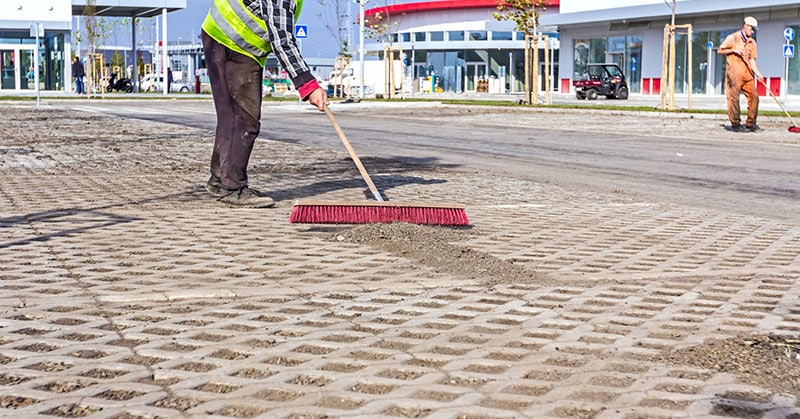
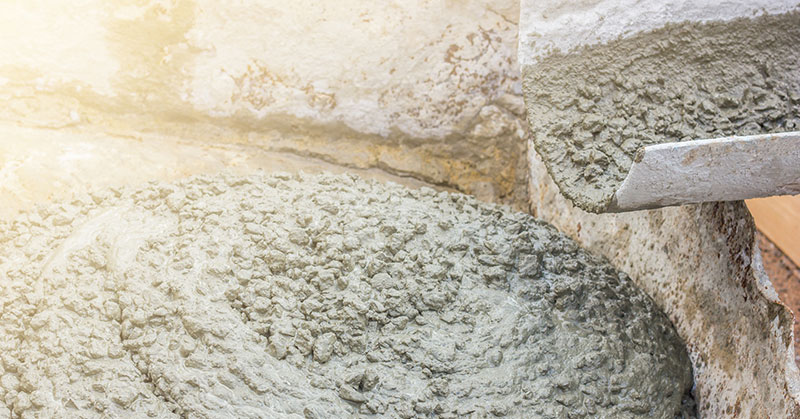
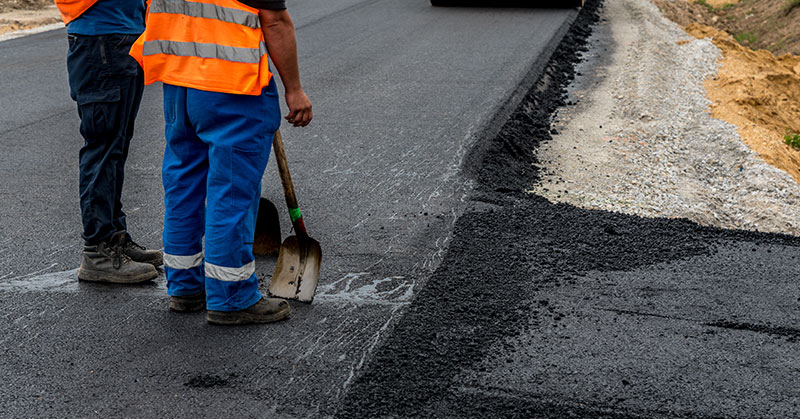
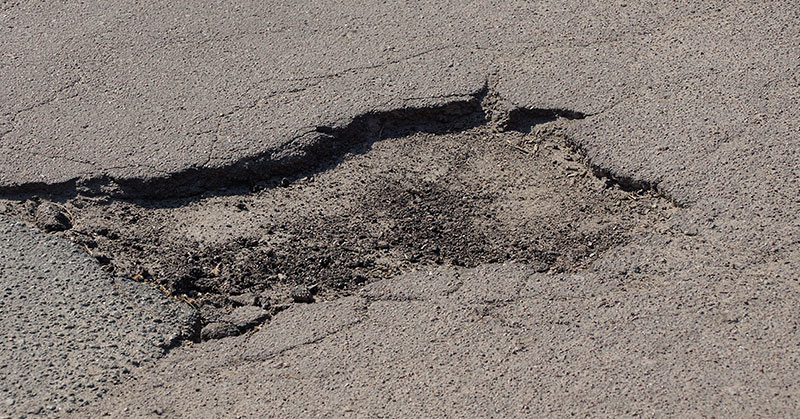

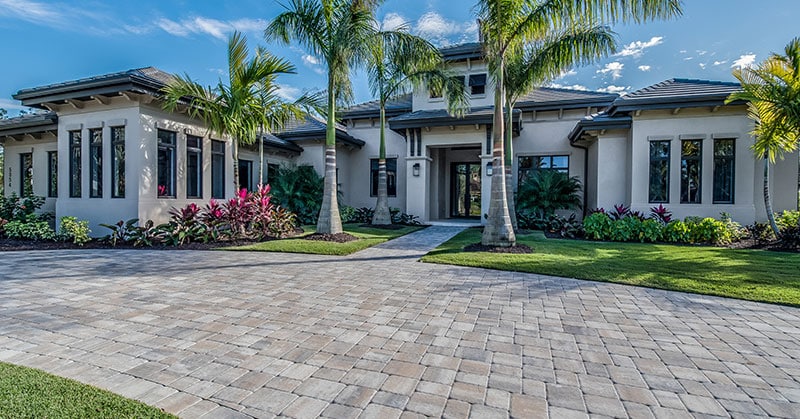

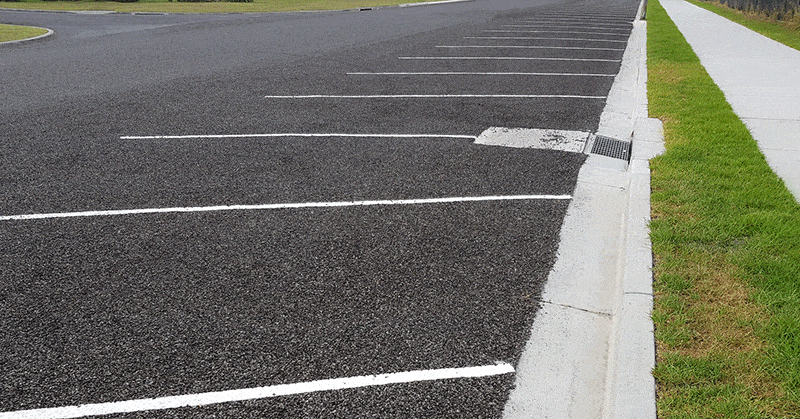
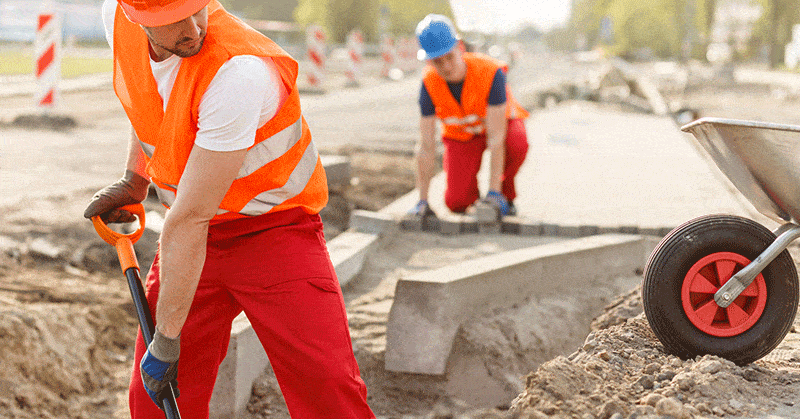
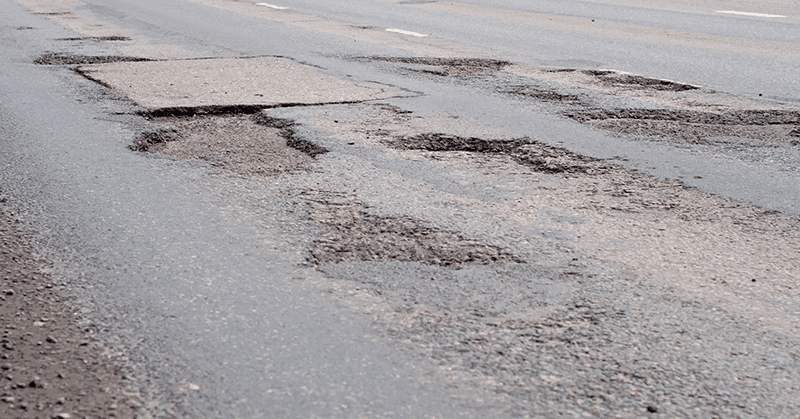 Whether you’re responsible for commercial parking lot maintenance, or simply trying to take care of your own driveway at home, most of us have experienced the disappointment of finding one or more potholes in our otherwise-pristine asphalt pavement. And while it may be tempting to put off having these repaired, it’s important to remember that potholes are more than just a nuisance. What follows are several reasons why you need a reputable paving contractor to repair those potholes as soon as possible:
Whether you’re responsible for commercial parking lot maintenance, or simply trying to take care of your own driveway at home, most of us have experienced the disappointment of finding one or more potholes in our otherwise-pristine asphalt pavement. And while it may be tempting to put off having these repaired, it’s important to remember that potholes are more than just a nuisance. What follows are several reasons why you need a reputable paving contractor to repair those potholes as soon as possible: